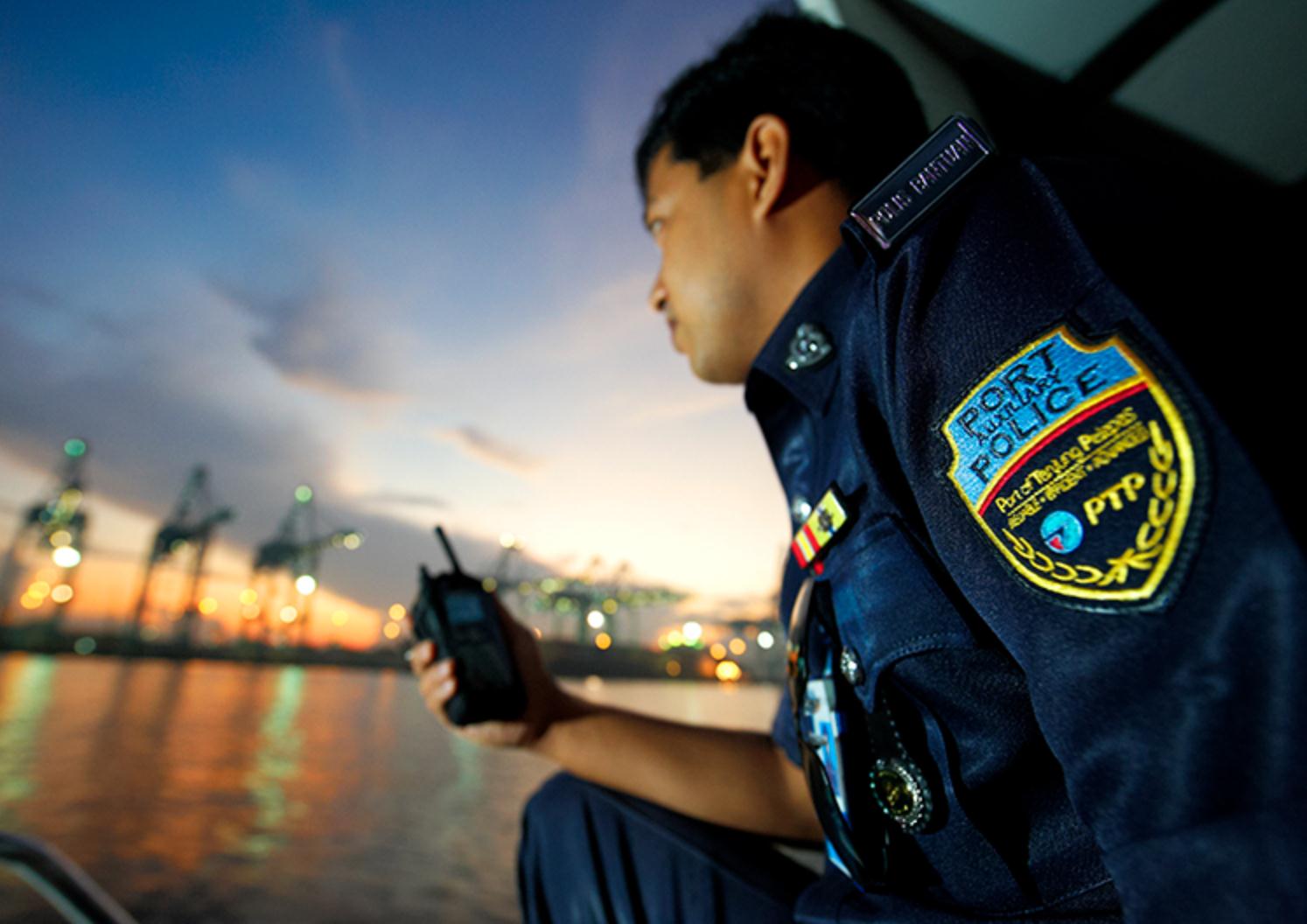Two ports in southern Malaysia outlined expansion plans at the recent ASEAN Ports and Shipping Conference in Johor Bahru, Malaysia.
Notable for the sheer scale of its plans is Pelabuhan Tanjung Pelepas (PTP) on the westerly side of Malaysia’s south coast, which plans to increase total capacity to 53 million TEUs per annum by 2070. Last year, PTP moved 8.5 million TEUs.
It is also planning to eventually be home to 55 berths against the current 14 berths.
“Very ambitious,” acknowledged Prakash Thurairasasingam, who heads PTP’s commercial division and added that this will be done over “30 to 40 years.” By 2025, the port expects to have 18 berths and a capacity of 16.9 million TEUs.
Throughout all this draft is set to remain constant at 18.5 metres.
Other facilities at the port are a rail terminal, a 12-lane gate, pilots and tugs and 5,000 reefer slots. “That lets us offer a superior service to our customers,” said Joseph Schofield, PTP’s chief operations officer.
Already used by 32 shipping lines with 300 connections and 90 weekly sailings, PTP is scouting for more business. “What we want to do is increase our number of box operators,” said Schofield.

Such claims are based on good assumptions. One is solid average growth of 5% a year with a strong transhipment market, especially for Southeast Asia, of 12% on average which, as the company pointed out, is equivalent to a berth a year.
PTP has the advantage of being backed by strong shareholders. PTP is a 70-30 joint venture between the ports and logistics division of Malaysian utilities and infrastructure group MMC and APM Terminals, which is also a partner and client.
The other is its status in the Pelepas Free Trade Zone, which allows value-adding activities and which is set to expand.
“We are going to start very soon with phase three” of the FTZ, said Thurairasasingam. The FTZ has a total land bank of 1,500 acres; of this; the first two phases of 177 and 245 acres are fully leased out.
Phase three, which is due to be completed in 2020, will bring a further 178 acres net leasable area into play, with 5.5 million square feet of additional warehouse space. The first two phases together support 8.45 million square feet of warehousing space.
Space in the zone is let out to a number of international clients who use it for whatever purpose suits them.
“We don’t control the warehouse specifications,” said Thurairasasingam of a system where companies lease a plot and then do with it what they have to. “We are quite flexible. We don’t have one single operator doing everything,” he later told Asia Cargo News.
Warehouse space is RM45-47 (US$11) per square metre less to lease than similar space just across the water in Singapore and is an obvious attraction to some of the companies already there.
Something similar is found along the coast at Johor Port, where work is already underway. The two ports are linked by Malaysian rail operator KTMB, although there is some feeling the facilities need to be upgraded.
Nor is there much difference in ownership, as Johor is also a member of the MMC Group, but there is a difference in product mix with the facility being a commodities hub with an East Asian focus, said Rahimah Rahmat, senior manager, corporate planning and risk management. (PTP by contrast is and will remain focused more on long-haul and transhipment work.)
Johor holds the world’s largest palm oil reserve in its free trade zone, within which users may carry out activities such as inter-modal cargo conversion, said Rahmat. It also allows break bulking, containerization and moving liquid to containers and drums.
Johor’s short-term targets are incremental rather than spectacular; it seeks to reach 33.42 million freight tons this year against 32.9 million freight tons in 2017. Containers are a small part of its marker; it hopes to grow them to 2.5 million TEUs from the current 900,000, with 1 million being the target for this year. Longer term, Johor Port has aggressive expansion plans and aims to move 80 million freight tons by 2040.
All this growth might not be necessary, some say. “There are sufficient ports already,” said an official with a trade body, who pointed out that Malaysia’s volumes are spread out over Port Klang, Tanjung Pelepas, Penang and the poorly placed Bintulu, which made planned facilities such as Melaka superfluous and puts questions marks besides big plans for other, existing ports.
“Where are the volumes going to come from?” the official asked of Melaka. But at some point, the question might also need to be asked of other ports’ plans.
By Michael Mackey
Southeast Asia Correspondent | Johor Bahru, Malaysia